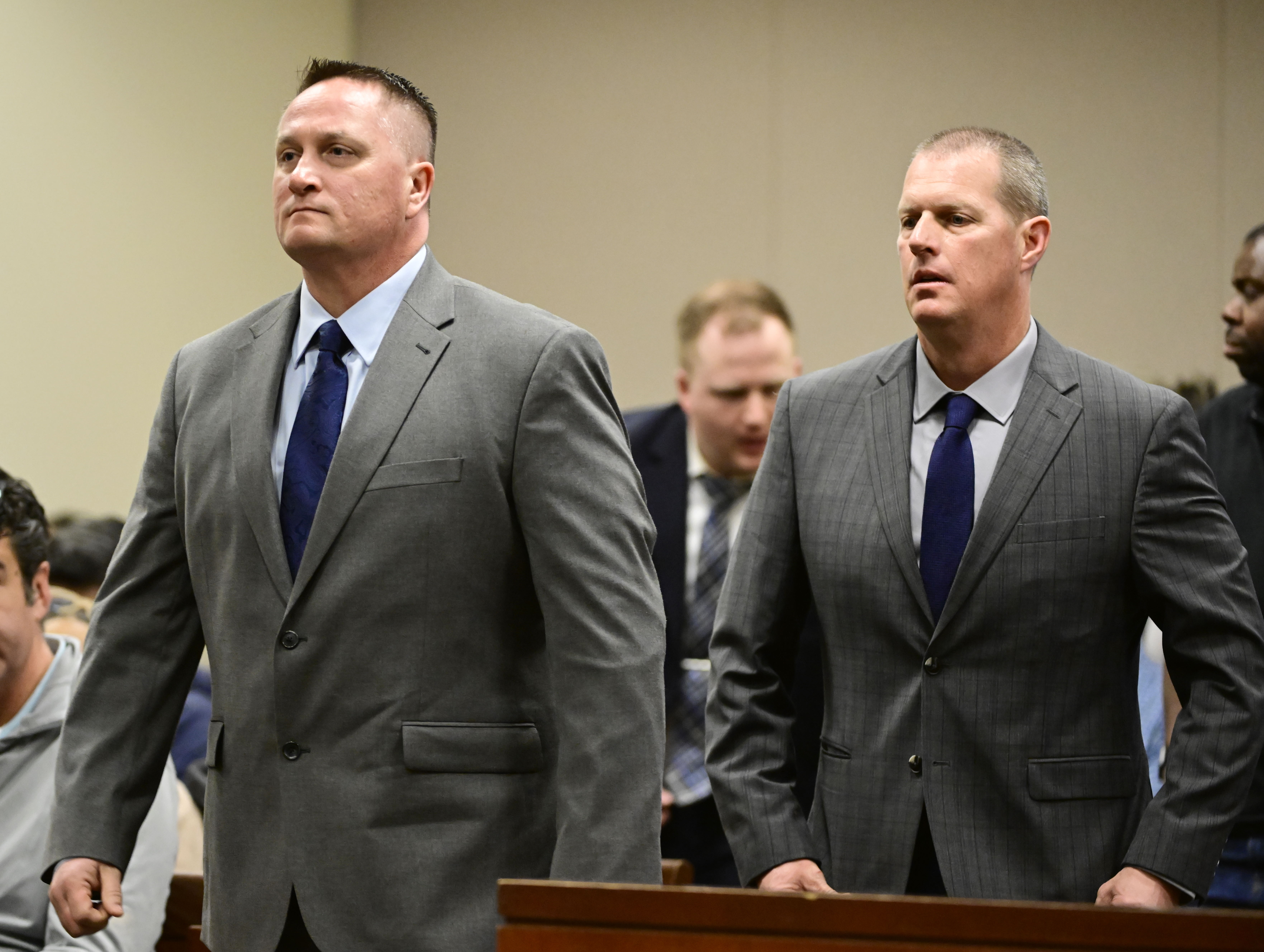Tossing leftovers isn't just wasting food. Experts say it's destroying the planet. But as much as the problem is massive, fixing it can be simple.
The United States is a global leader on a number of issues, but, unfortunately, food waste is one of them.
"The food wasted from the United States is equivalent to how much greenhouse gases are produced by 37 million cars," Saloni Shah, food and agriculture analyst at the Breakthrough Institute in Oakland, said.
Every year, Americans waste 30 to 40% of their food supply. The amount of food that's wasted could fill 730 football fields, according to Shah.
"If food waste were a country, it would be the third largest emitter of greenhouse gases globally after the U.S. and China," Shah said.
Shah explained that most of the food that's wasted is wasted at home, but it's also wasted on the farm, at grocery stores and in restaurants.
No matter where it happens though, Shah said it ends up in a landfill and rots.
U.S. & World
News from around the country and around the globe
The rotting food sends methane gas into the air. Methane is a much more powerful greenhouse gas than carbon dioxide and much worse for global warming and the environment.
"Food waste is terrible for the climate and it's also a massive waste of water," Shah said.
Food waste isn't just about the food. All the resources that went into growing and producing it also get wasted.
"If you toss an apple, that’s like pouring 25 gallons of water down the drain," Shah said. "And the average American does that 17 times a year."
A Bay Area grocery delivery company called Imperfect Foods sells customers food that grocery stores don't want because it doesn't look pretty or the packaging isn't right.
"A lot of people don’t know this but grocery stores have remarkably rigid aesthetic standards or beauty standards for what they will buy and what they won’t buy," Reilly Brock, associate creative director at Imperfect Foods, said.
It could be a carrot that isn't symmetrical or a lemon that's a few millimeters too big or too small.
"There’s nothing wrong with the food," Brock said. "It just looks a little bit different. The irony here is that anyone who's had a garden or say had a lemon tree growing up, they’ll recognize our food because our food looks like what you might find at a farmer’s market or your own backyard garden."
The company can deliver to about 80% of the U.S. population. People can check if it's offered in their area by going to the company's website.
Meanwhile, here are some other solutions to the food waste problem that the Breakthrough Institute recommends:
- Make a grocery list and stick to it so you don't buy more than you'll eat
- Keep a section in your refrigerator for food that will go bad sooner so you'll eat it first
- Freeze food so it lasts longer
- Compost at home
Composting at home is like taking more than 11,000 cars off the road just by putting food scraps in a bin instead of down the garbage disposal or in the trash.



